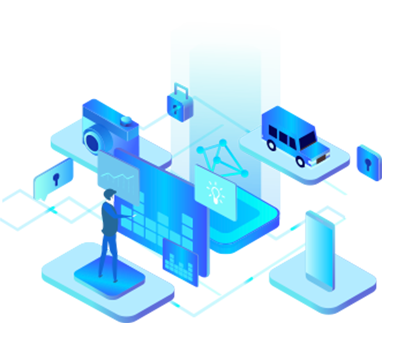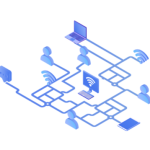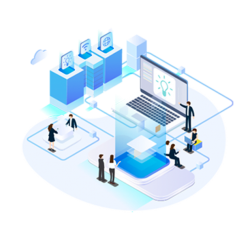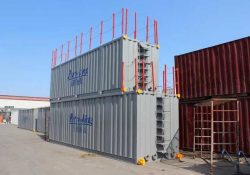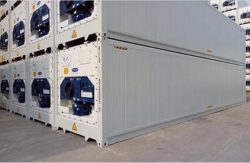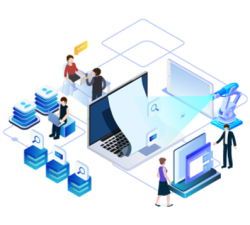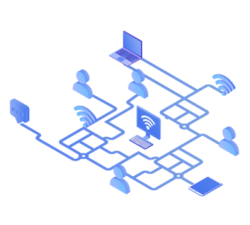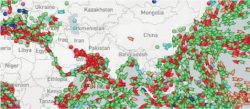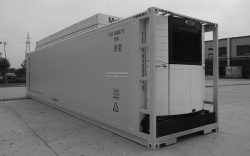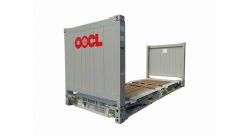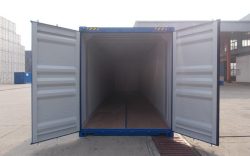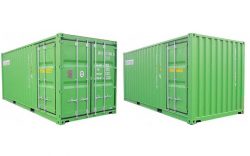Edge Computing in Shipping Area
Edge computing in transportation is effectively used because of the reduction of delay. GOSDWAN provides sd wan professional services for shipping edge computing for worldwide transportation companies.
Company F – Industry – Leading Airlines Group
Company F is a domestic branch of a major airlines group in Asia Pacific and the largest travel retailer in the region. With more than 30 brands and a total turnover in tens of billions of USD worldwide, Company F develops leisure and commercial travel businesses in approximately 23 countries including Australia, New Zealand, the Americas, Europe, the United Kingdom, South Africa, the United Arab Emirates, and Asia, and also runs a global business travel management network.
Through an application programming interface (API), Company F’s online platform integrates bookings, planning information and real-time location data into a social and mobile tool for travelers. Company F is the industry’s leading provider of travel technology solutions featuring New Distribution Capability (NDC), and a member of the “One-click Order” campaign launched by International Air Transport Association’s (IATA).Here we recommend industrial edge computing from GoSD-WAN.
GOSDWAN’s Innovation in Transportation & Shipping Edge Computing
Business Continuity
Under the impact of COVID-19, the logistics and transportation industries are struggling with unprecedented pressure for business continuity. A single public safety incident can be followed by a large number of itinerary modifications, and for companies that place a high value on customer experience, it is necessary to establish a front-end architecture based on multiple public clouds, in order to use online tools to interact with customers online at all times, to complete cross-platform aggregation queries without interruption, and to maintain sufficient processing resilience in the system in the event of a sudden increase in operations.
Mobility Support
The logistics and transportation industries require mobility support not only for the platform in customer service interaction interfaces beyond travel agencies and service counters but also for the field staff working on the front lines. With limited mobility, the company’s internal application platform must be extended outward to non-office areas and support executives and authorized personnel with sensitive information in in gaining relevant permissions to perform data updates and maintenance work. Support for mobility is reflected not only in the friendliness to terminal access of different platforms such as Andriod, IOS, and Windows but also in the redefinition of security boundaries, as well as the management of identity recognition and identification of traffic intent at the edge of the enterprise’s intranet. After all, during COVID-19, network security issues such as middleman attacks and social engineering show no signs of fading away.
Differentiation Between Traffic Application Types
The logistics and transportation industries need to optimize cost management to the greatest degree. On the basis of a shared underlying network, the traffic of the network needs to be identified and categorized by labels, and traffic of different classifications require different traffic paths of varying weightage and performance guarantee mechanisms. For critical and sensitive data, redundant and high-quality paths can be taken in transmission to guarantee high availability and security, while non-critical data can be transmitted through lower-level Internet channels.
Multiple Data Sources
The information elements of the logistics and transportation industries come in large quantities not only from vehicles, flights and logistics stations in the transportation grid, but also from upstream and downstream subcontracting platforms, bank clearing houses, government public data platforms, etc. Both logistics and transportation industries are establishing centralized and unified data views, abstracting all key business operational elements into computable and programmable elements, and introducing big data and AI processing and analytics to improve operational efficiency and reduce the costs of operation and control. Stable interfacing of multiple data sources secure identity authentication, and low-cost offsite data archiving centers are all necessary to support enterprises in building powerful analytics, artificial intelligence, and machine learning. The implementation of this scalable solution will ultimately optimize communication and perception between enterprises and its users.
https://www.gosdwan.com/edge-computing-in-transportation/
